When you think back to the big names in horror gaming over the past generation, it’s likely that very few fall outside of the standard idea that “dark = scary”. Be it Resident Evil, Amnesia or Silent Hill, the overall palettes of horror games usually tend towards blacks, browns, and of course copious amounts of red. But it’s time we saw more scary games willing to infuse a little more color into their worlds.
With the recent announcement of Sundered, a game which seems to balance a surprisingly colorful fantasy world with truly scary Lovecraftian horrors, it’s more apparent than ever that the horror genre has the potential for a much wider imaginative landscape than its current state.
Fear of darkness is a primal instinct, so it’s completely understandable that so many horror games rely upon this as a cornerstone of the experience they provide. Grubby, dirty and dank environments are more likely to invoke unease in players than clean and colorful ones; playing with and distorting the senses is always a great tool for building terror.
But why is it that this always translates into making things super-dark? Decrepit, crumbling ruins with impenetrable shadows have become such a stereotypical crutch for horror developers that it often feels like they rely too much upon them for scariness. This makes it much easier to phone in other aspects of the game and not work as hard to deliver a memorable experience, instead expecting the atmosphere to prop up everything else.
We’re tired of the done-to-death haunted mansions and experimental facilities. It’s time to see a true horror game set in the sun-scorched desert instead.
There’s a clear unwillingness, even in the most innovative of horror games, to step away from this core tenet. In almost every horror game you’ll spend most of your time shrouded in gloom and rain, traversing corridors of heavy stone and gingerly fumbling through musty basements waiting for jump scares from unseen beasts. Color, however, does not magically prevent everything from being scary. A game can be haunting without putting the player into an environment so dark that they can’t actually see anything for most of the experience.
Even beyond that extreme, we’ve come to a point where nothing feels new anymore. We know, and expect, that awful things lurk in the shadows. That’s always going to be scary. But what could be more terrifying than the realization that you’re no safer in broad daylight? Light has always been used as a safe haven in horror gaming, perhaps most literally in Alan Wake where a flashlight is the only weapon that can defeat the dark apparitions hunting you. Turning the light against us would strip away the single greatest defense we have against the darkness — and I can’t think of anything more disturbing.
The Blair Witch Project is an historic piece of horror cinema, all but creating the “found footage” sub-genre. Whilst much of it took place in the dark, a significant portion of the movie also occurred during the day. As the group of students explore the woods, the fact that the sun is up doesn’t lessen the tension or the building horror. The woods may take on a totally different character in the dark, but walking through deserted forest in daylight can be extremely eerie and unsettling as well. Claustrophobic and dangerous environments where frightening unknown creatures might be stalking you are still terrifying when the sun is shining through the canopy.
It may be that some of the ingrained tropes that horror developers use at the moment won’t work in these scenarios. The reliance upon poor visibility for jump scares will have to go; but games like Dead Space 3 have found interesting and organic ways around this by using snowstorms in the frozen tundra. Taking horror into new environments would be the perfect opportunity to push the bar and come up with something fresh.
If anything, more colorful environments have the potential to make the whole thing all the more unsettling. We’re not used to terrifying horror events happening within less stereotypical worlds, and as horror often plays upon our fears by messing with ordinary situations, perverting the daylight should be just as capable of scaring us.
The indie game Brighter Day does this in a minimalistic way. Using very colorful stripped-back environments, it manages to maintain its tension by forcing you to sneak past numerous giant floating eyeballs, all hunting for you. Simply throwing in a variety of locales would help to shake up the oft-stale formula. We’re tired of the done-to-death haunted mansions and experimental facilities. It’s time to see a true horror game set in the sun-scorched desert instead.
The meeting point between fantasy and horror may just hold the key to this conundrum. Unfortunately it’s rare to see an actual fantasy/horror game, as most large franchises lean towards the sci-fi end of the spectrum. Imagine, if you will, a true horror experience in a world of elves, dwarves, and orcs. There would be a cascade of interesting and unique possibilities that have rarely, if ever, been explored in the horror gaming sphere. Dark fantasy games such as Dark Souls may come close, and many fantasy RPGs like The Elder Scrolls feature horror-inspired segments or enemies, but each falls short of a game that is, at its core, a horror experience.
Now is the time for the diversification of horror. Traditional/gothic horror ideas don’t need to die; the best games that implement them are outstanding in their own right, and no one can argue that dark atmospheres promote fear. But why, especially in the wonderfully diverse medium of gaming, does that have to be the only style on offer?

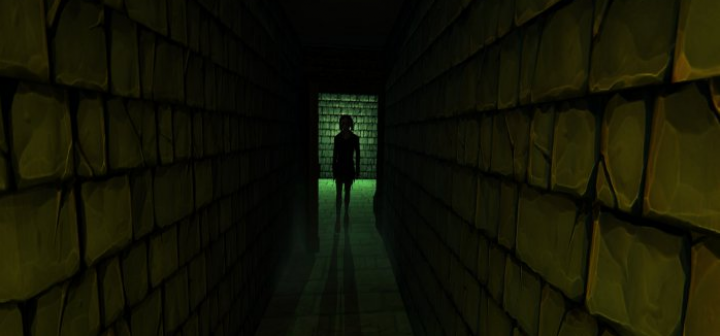
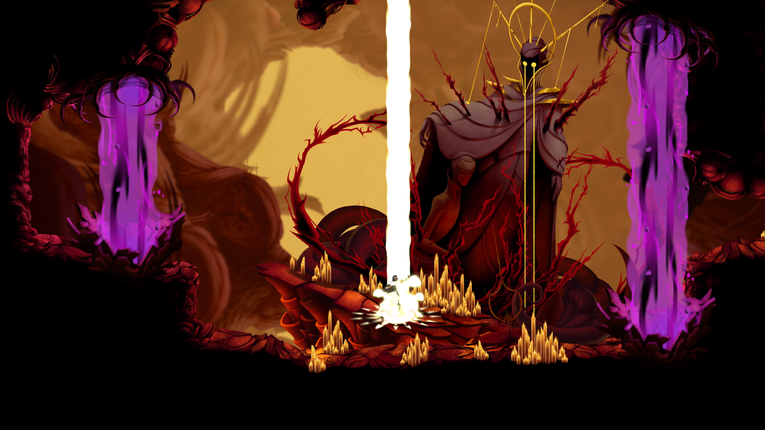
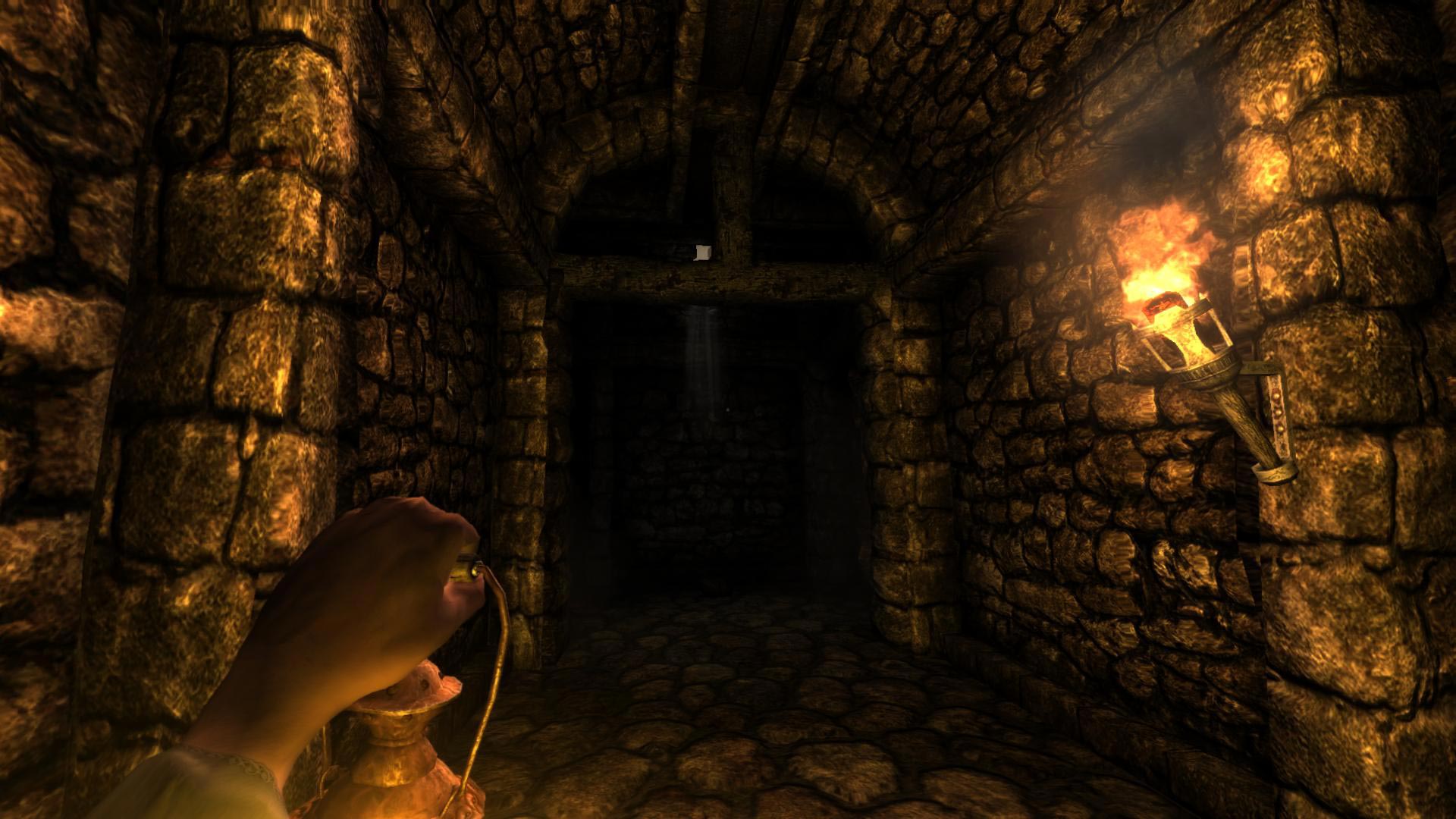
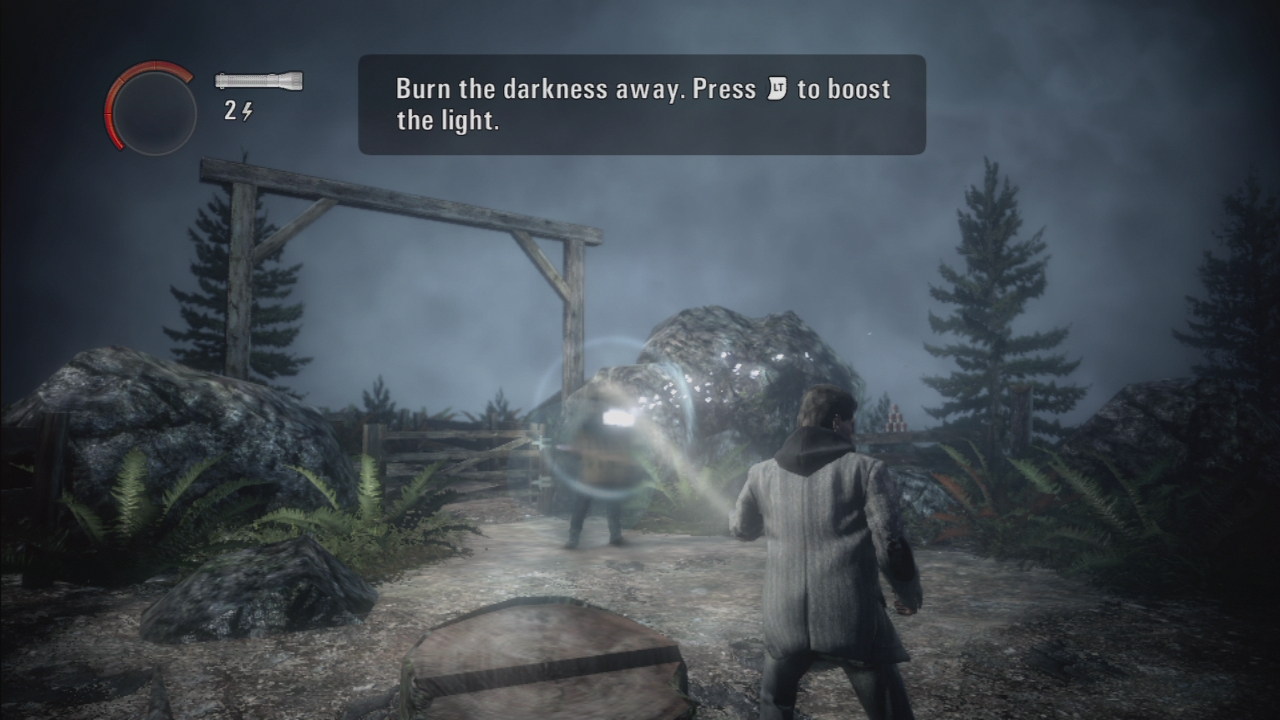
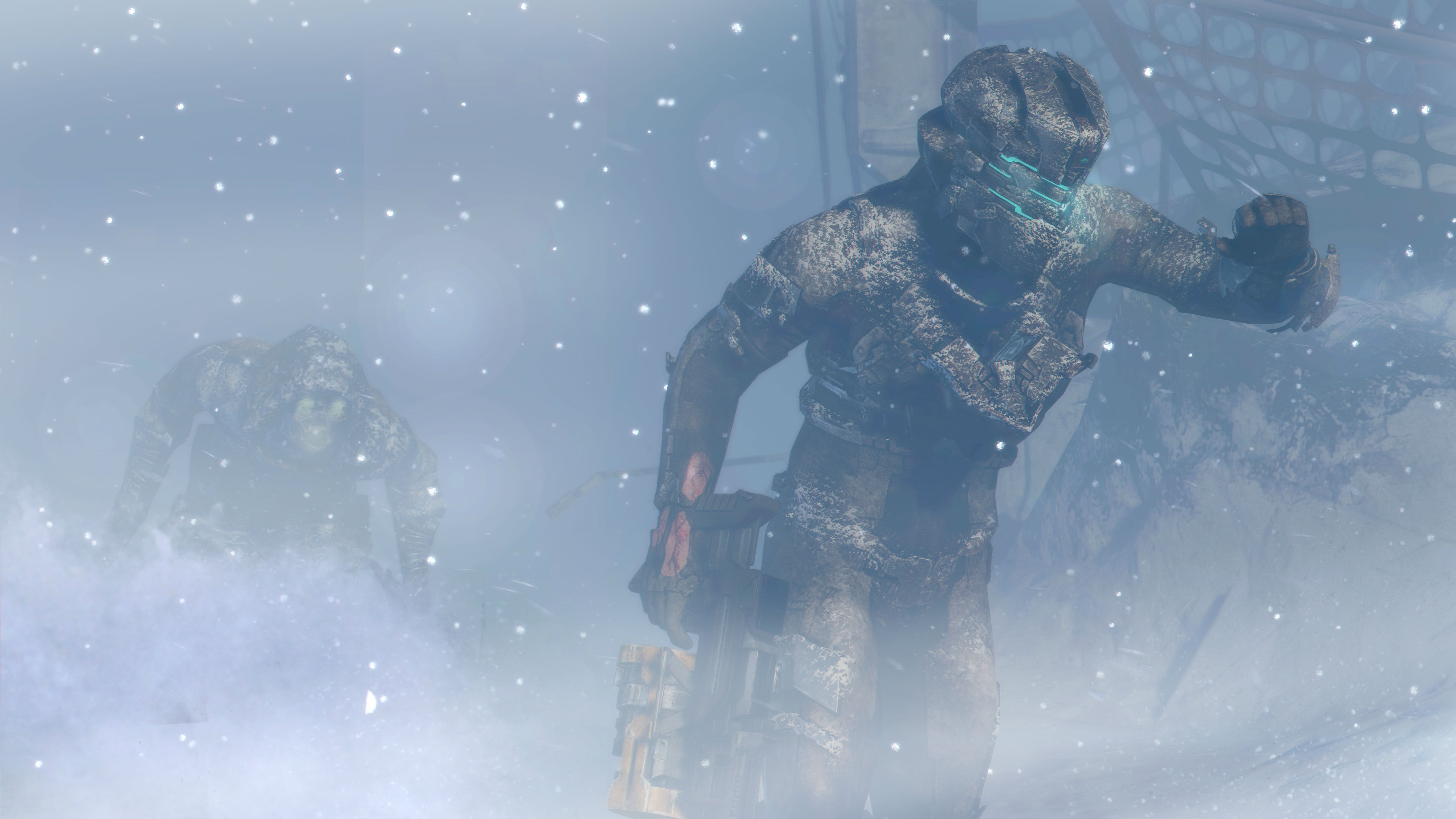
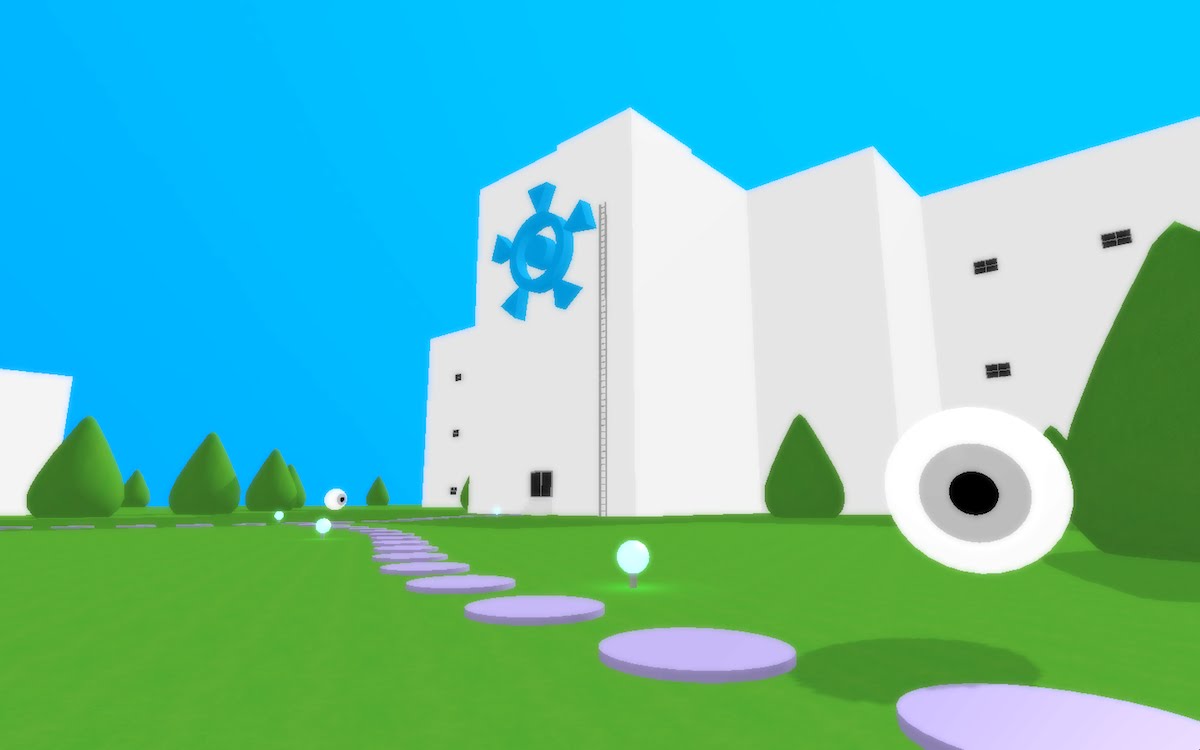





Published: Oct 1, 2016 12:27 pm